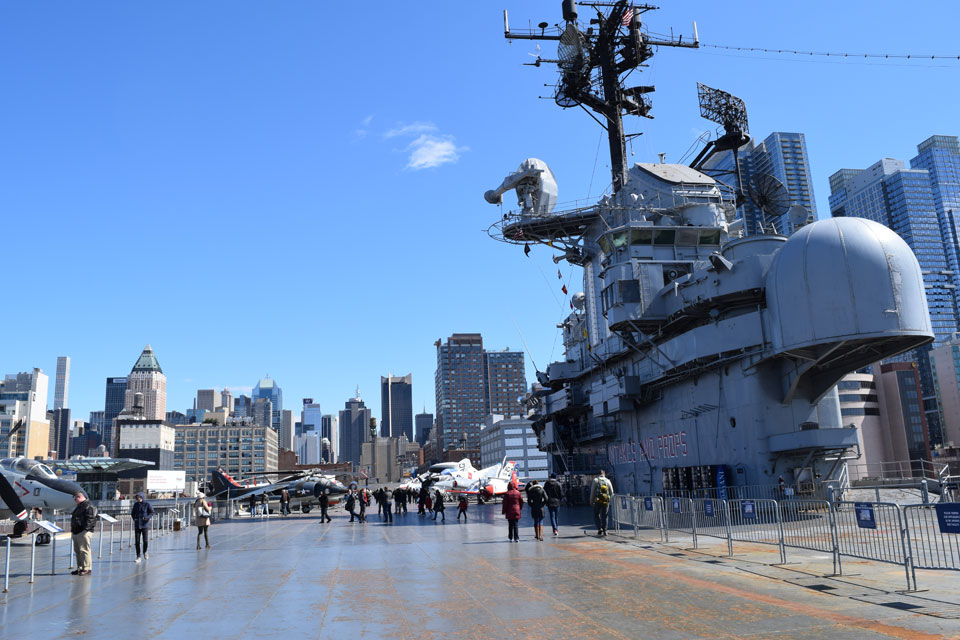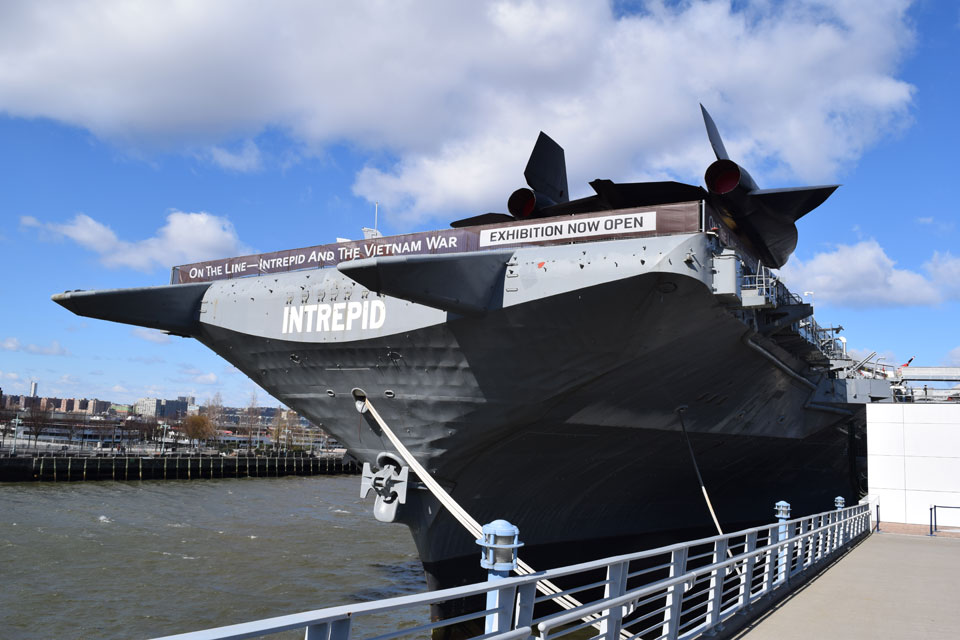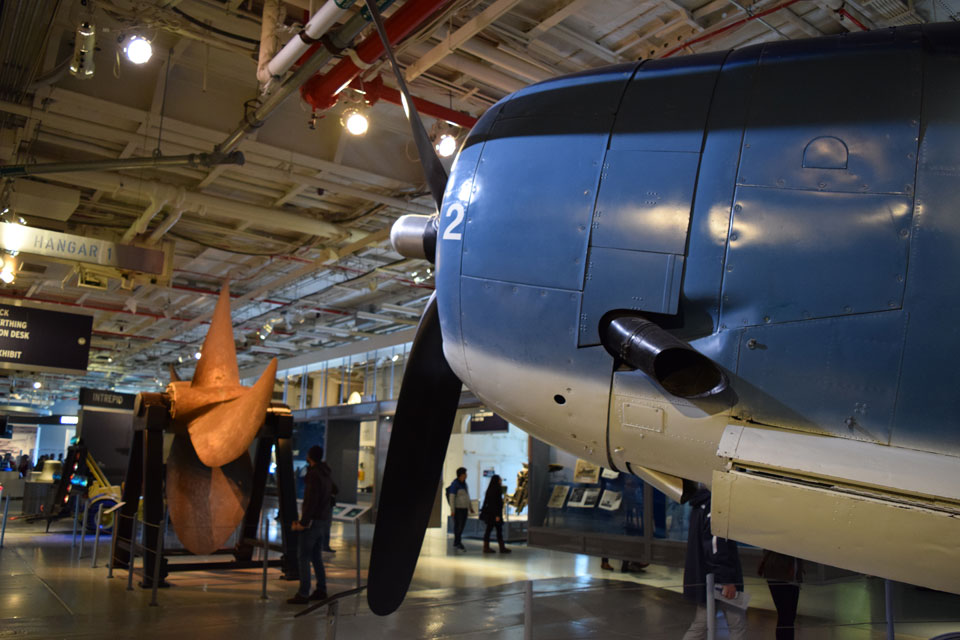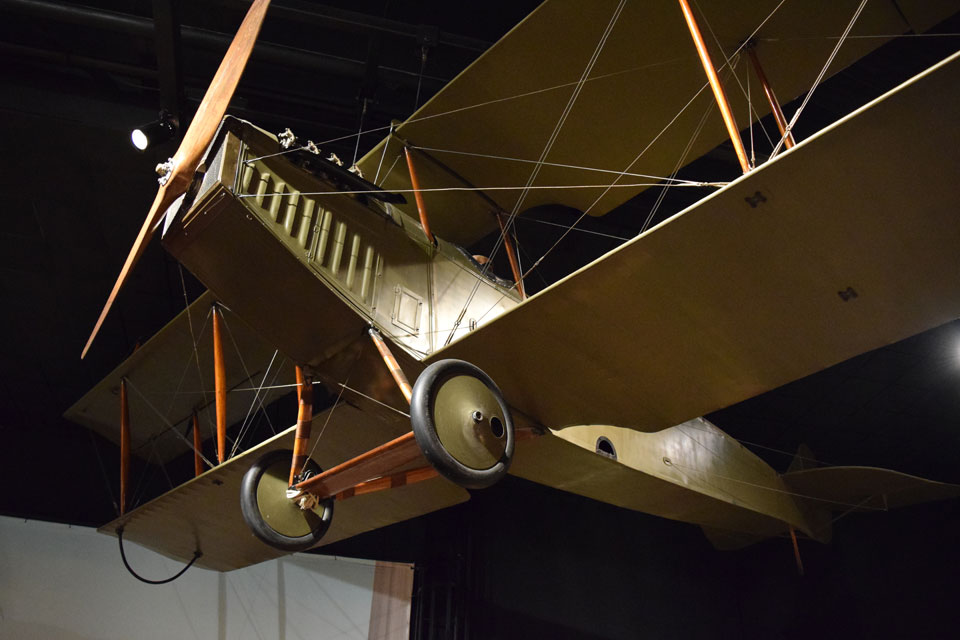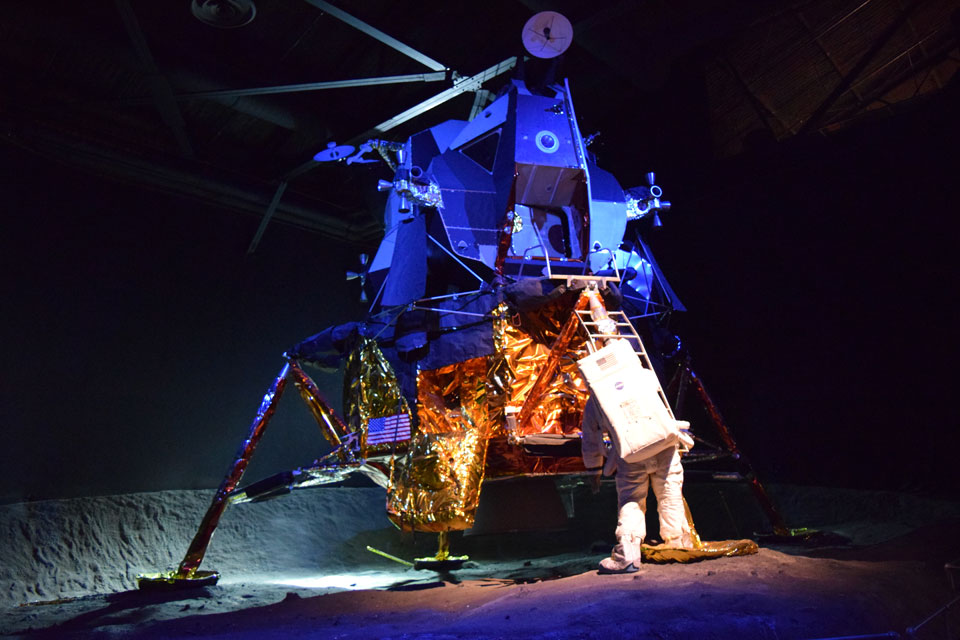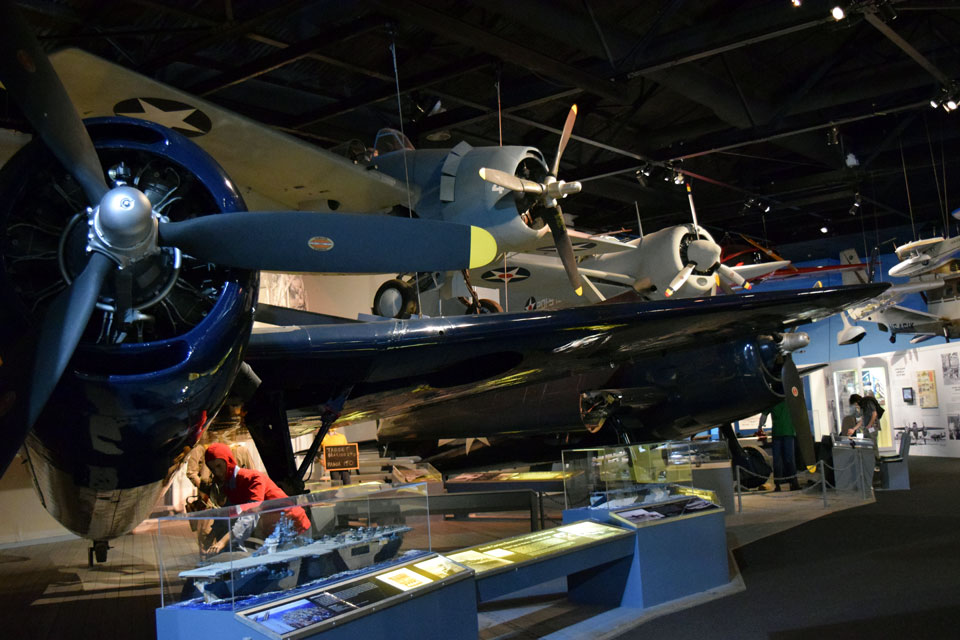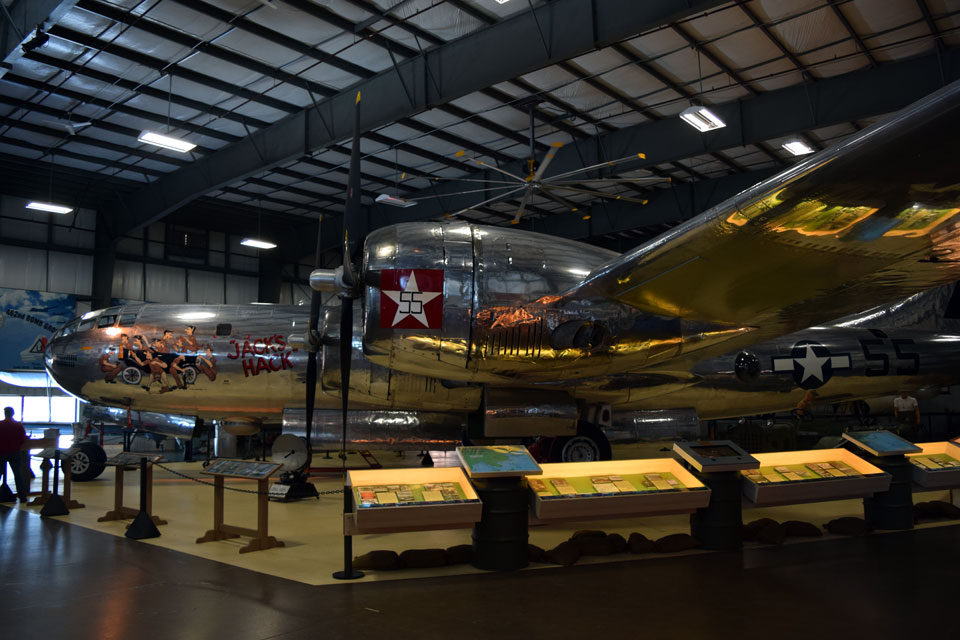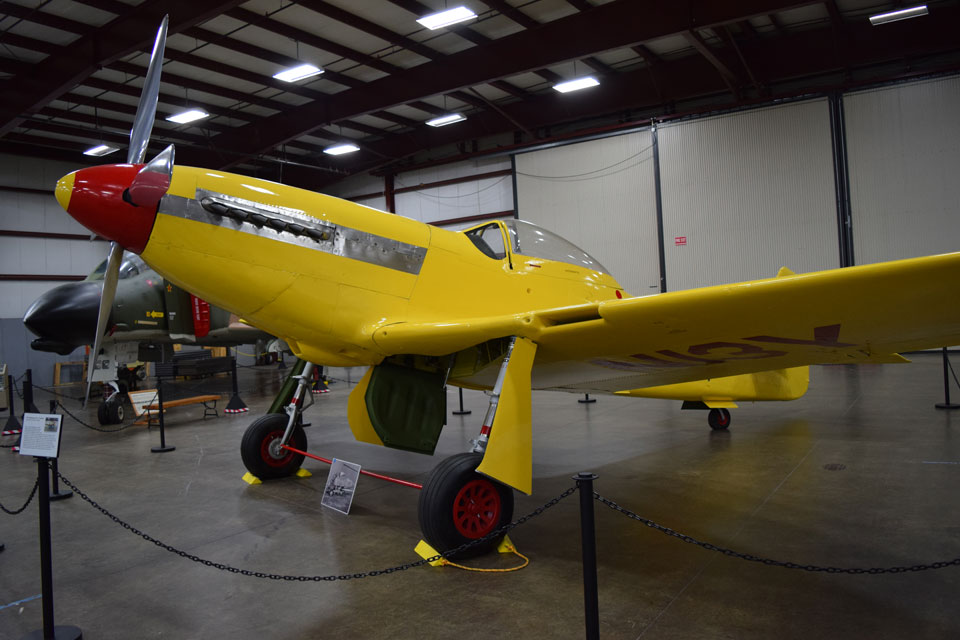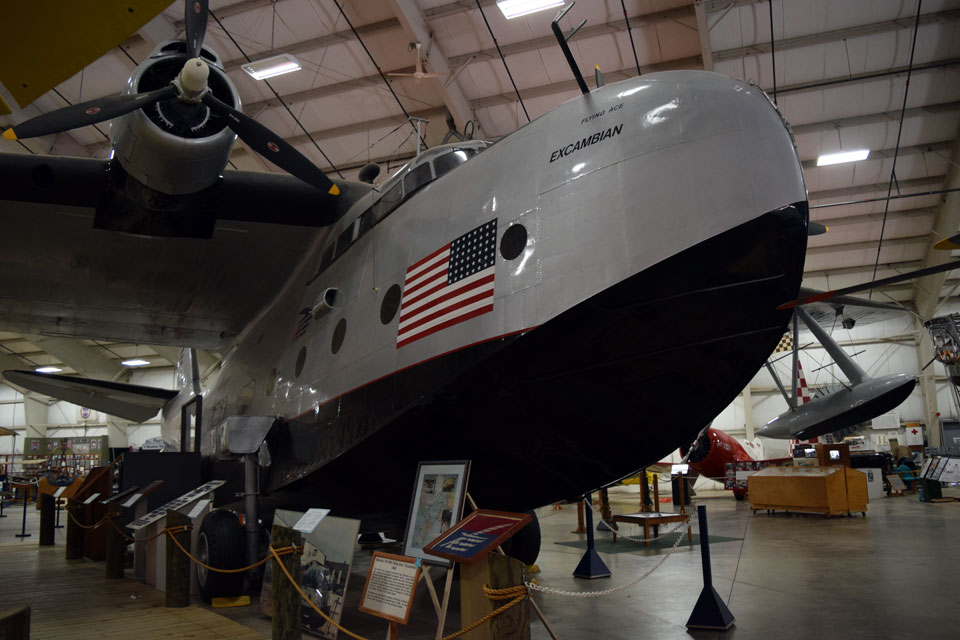Our Museum Trip to Remember
By Chris Henry, EAA Lifetime 41434
|
Don’t forget about our April’s Aviation Challenge of the Month – to visit an aviation museum! Share a photo of your museum visit on your favorite social media channel. Include the hashtag #AVChallenge. Be sure to share it in the month of April and watch for it in our album! |
April 14, 2016 - Every other year aviation museums around the world assemble to share knowledge and techniques in many different areas that are part of their world. Everything from day to day operation and museum restoration to planning for the future. Myself with EAA Museum Director Bob Campbell, Museum Curator Zachary Baughman, and Museum Educator Tara Parkhurst attended the 2016 Mutual Concerns of Air and Space Museums Conference held this year in New York City. This year it was hosted by The Smithsonian Air and Space Museum, The Intrepid Sea, Air & Space Museum, and the Cradle of Aviation Museum. The event was kicked off by a lecture from astronaut and two-time shuttle crew member Dr. Michael Massimino.
During the conference we toured the Intrepid Sea, Air, and Space Museum. There is nothing like seeing preserved Naval aircraft in their natural setting. When you visit the Intrepid you spend most of your time on an actual aircraft carrier. Docked on Pier 86 in New York City, it is a floating city all in itself. You can go and stand on the flight deck among Navy fighters and helicopters or go down into the hangar deck and see the displays there. This includes an area where the ship was struck by a Japanese Kamikaze fighter. We also had the chance to see the Concorde and the Space Shuttle Enterprise on display there.
The next day our conference sessions would be held at the Cradle of Aviation Museum on Long Island. The Cradle of Aviation is located less than half a mile from where Charles Lindbergh departed in the Spirit of St. Louis for his trans-Atlantic flight in 1927. This museum pays tribute to Long Island’s rich aviation heritage. From the early golden years of flying, to building the Lunar Module which would land on the moon, there is a lot to see. Charles Lindbergh’s Jenny airplane is restored and on display as well many rare aircraft built by the Grumman Aircraft Company during WWII. It is also home to the oldest surviving F-14 Tomcat. The third one off of the assembly line.
From there, we made our way north to the New England Air Museum. This air museum has been around for decades but has had to fight back from a devastating tornado that destroyed much of its collection in 1979. They have rebuilt and in a big way. The museum features many rare or one of a kind aircraft and they are all brought back to a beautiful condition. The museum features the sole remaining VS-44A Flying Boat, a beautifully restored B-29 Superfortress, and a rare racer configured P-51 Mustang that has been highly modified. After an amazing day there we set our sights on Stratford, Connecticut.
When one thinks of the most iconic aircraft produced during World War II it isn’t long until the name Corsair comes to the conversation. Images of John Wayne or the TV show Black Sheep Squadron may come to mind. It is an aircraft that evokes thoughts of the heroes of the Second World War. The cutting edge fighter served in the U.S. Navy and Marine Corps. It was designed around a powerful Pratt and Whitney R-2800, the largest engine around during this time period. It would swing a large Hamilton Standard propeller. In order to accommodate this powerplant and propeller, the wings were designed into an inverted gull wing configuration. This would give the Corsair its unforgettable look. Initial deliveries of the Corsair went to the Marines as they were land-based units. The Navy had concerns about carrier operation and visibility. This would eventually be overcome as well. It still holds the record for the longest production run of any Piston-engined fighter in U.S. history. First delivered in 1942, more than 12,000 would be built by three different companies before production ceased in 1953. They were produced by Chance-Vought, Brewster, and Goodyear. The Chance-Vought production was in Stratford and today there is something special taking place.
The buildings that were once the factories producing the Corsair now sit largely empty. In one portion of the factory, something special is going on. A group of dedicated volunteers of the Connecticut Air and Space Center are working to restore what will be the last Corsair to roll out of the production buildings at Stratford. Much like the World War II generation, they come from all walks of life and all ages. Men and women are working together to save the rare fighter that for many years was outside on display. People ranging from original Chance-Vought factory workers who worked on Corsairs during the war to young people in their teens are doing their part. Families like Chris Soltis and his father Dennis are working side by side. Spending time together while they save history. They are pulling together for a common goal: To save not only a part of U.S. history, but a part of their own local DNA. This aircraft was built by their parents and grandparents. And now they are making sure that one last one will forever be preserved at the birthplace of the legendary fighter. Once completed the aircraft will be housed in a special display building for all to see. It will be a terrific example of the ”We can do it” spirit that soared in this country in the 1940s. They are doing an amazing job, and could always use more help. To learn more please see their website or find them on Facebook.
The information that comes out of the Mutual Concerns Conference is one that is priceless for those who work in the museum industry. It is a time when we can get together, compare notes, and strategize about how to overcome assorted challenges to ensure that aviation museums continue to operate and do what they do best. Preserve the legacy of the pioneer aviators who came before us, and use their legacy to inspire the next generation.
